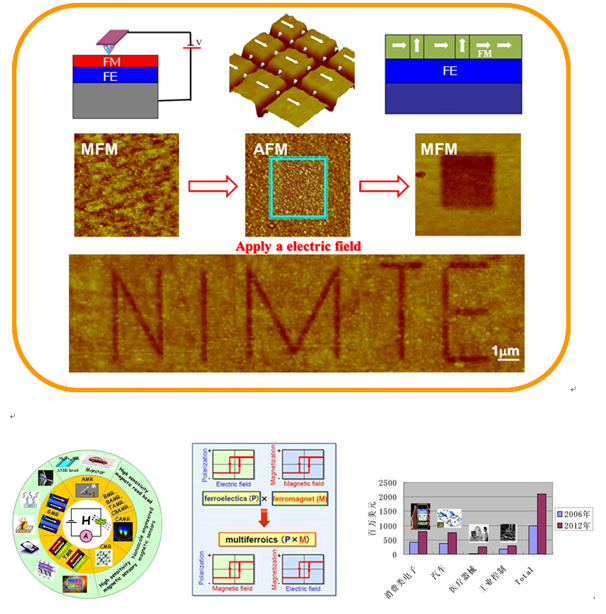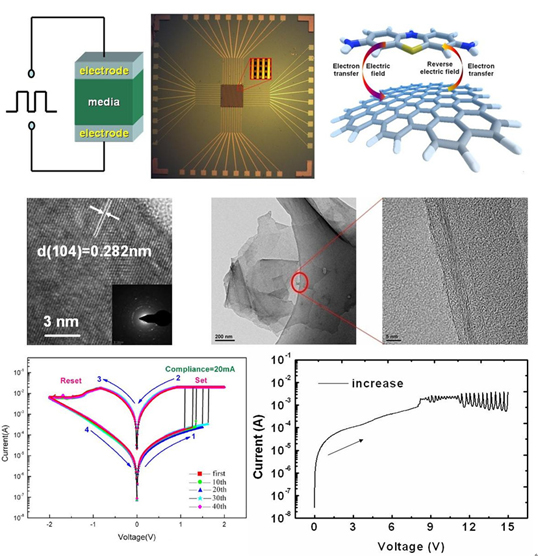Research Interests
Magnetoresistive Materials/Structures and Devices
Magnetoresistance effect means the change of the resistance under the external magnetic field, which involves Anisotropic Magnetoresistance (AMR), Giant Magnetoresistance (GMR), Tunneling Magnetoresistance (TMR), Colossal Magnetoresistance (CMR), Ballistic Magnetoresistance (BMR), Ballistic Anisotropic Magnetoresistance (BAMR), Tunneling Anisotropic Magnetoresistance (TAMR), and Colossal Anisotropic Magnetoresistance (CAMR) in Perovskite Manganite. Based on magnetoresistance effects, advanced magnetic sensors can develop. Prof Li is devoted to exploring novel magnetoresistive materials/structures, understanding the underlying physics, and designing advanced magnetic sensors.

Multiferroic Materials/Structures and Devices
Multiferroic materials, which simultaneously exhibit ferroelectricity and ferromagnetism, have recently stimulated scientific interest due to their significant technological promise in the novel multifunctional devices. The strong coupling between ferroelectricity and ferromagnetism will bring out some novel physical phenomena, such as ferromagnetism controlled by an electrical field and ferroelectricity controlled by a magnetic field, which has potential applications in magnetic sensors and novel multi-level data storage. Prof. Li is currently exploring new multiferroic materials/structures with high ferroelectric-ferromagnetic coupling at room temperature, and clarifying the physical mechanism of the coupling between ferroelectricity and ferromagnetism, and also developing multiferroic sensors.

RRAM Materials and Devices
Reversible resistance switching can be realized by applying a pulsed voltage in electrode/oxide/electrode sandwiched structure, which can be used for nonvolatile memory, resistive random access memory (RRAM). Compared to traditional memories, RRAM has some advantages, including high storage density, high operation speed, high scaling potential, irradiation resistance, low power consumption, etc. Prof. Li is seeking novel RRAM materials with stable resistive switching performance and RRAM device structures.

|





